A Week of Delicious Transformations: Zero-Waste Recipes Using Your Leftovers
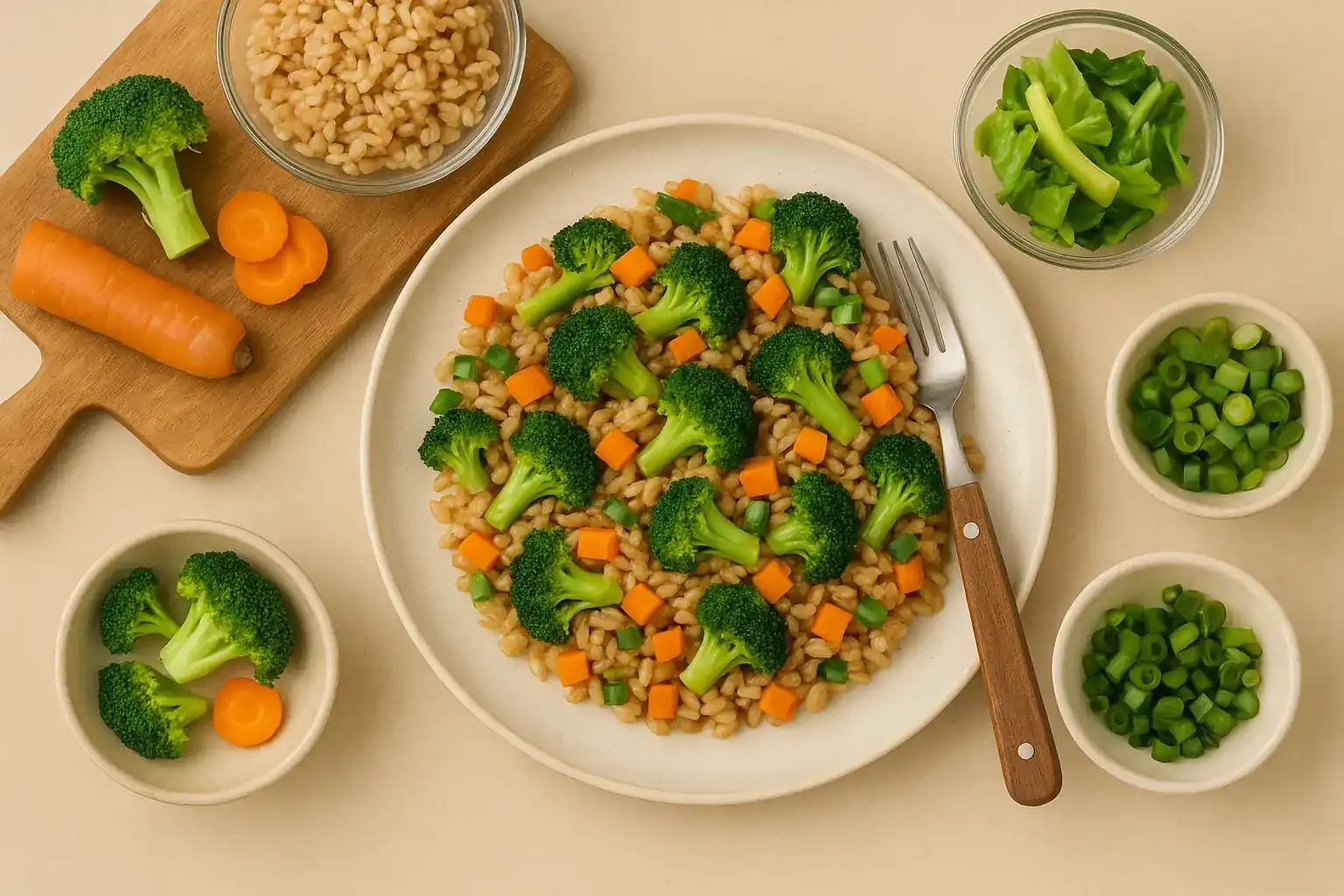
You cooked a delicious meal. Everyone enjoyed it. But inevitably, there are leftovers. Sometimes, reheating the exact same dish is perfect. Other times, those containers get pushed to the back of the fridge, only to be rediscovered later, sadly destined for the bin. This cycle of uneaten leftovers contributes significantly to the mountains of food waste generated every day.
But what if you viewed leftovers not as culinary remnants, but as pre-cooked ingredients waiting for their second act? What if you had a repertoire of simple, creative "zero-waste" recipes that transformed those components into entirely new, exciting meals?
Planning to use your leftovers effectively is a cornerstone of a zero-waste kitchen. It saves money, reduces methane-producing food waste in landfills, and challenges you to get creative in the kitchen. Let's explore how to turn common leftovers into a week's worth of delicious transformations!
The Leftover Opportunity: More Than Just Reheating
The goal here isn't just reheating the exact same meal. It's about giving leftovers a fresh identity, often by combining them with new ingredients or changing their form. Think of leftover chicken becoming taco filling, or roasted vegetables being blended into a soup.
Building Your Zero-Waste Leftover Routine
Before we get to the recipes, a few quick tips for leftover success:
- Store Properly: Get leftovers into airtight containers in the fridge within two hours of cooking. Label them with contents and the date cooked.
- Keep Them Visible: Designate a "Leftover Shelf" in your fridge so they aren't forgotten in the back.
- Plan Them In: Look at your week's meal plan (if you use one!) and consciously slot in nights or meals specifically for using leftovers. The "Leftover Night" is a classic for a reason!
- Think Ingredients, Not Meals: See that leftover rice? That's a base for fried rice or a grain bowl. That cooked chicken? That's protein for tacos or a salad.
Zero-Waste Recipe Ideas: Transforming Common Leftovers (A Week of Inspiration)
Here are ideas for giving some frequent fridge inhabitants a delicious second life throughout your week:
Leftover Cooked Grains (Rice, Quinoa, Farro, etc.)
- Transformation 1: Quick Fried Rice/Grain Bowl Base (Mid-Week Lunch or Dinner)
- Sauté fresh vegetables (onions, peppers, carrots, peas). Add your cold leftover cooked rice or grain (cold day-old rice is actually best for fried rice!). Stir-fry with soy sauce (or tamari), sesame oil, and maybe some ginger and garlic. Add a protein if you like (leftover cooked meat, egg, tofu, beans). Turn leftover grains into a base for grain bowls by topping with roasted vegetables, a fried egg, avocado, or a simple sauce.
- Transformation 2: Add to Soups or Stews (Any Day)
- A simple way to make a soup or stew more hearty. Stir leftover cooked grains in during the last 10-15 minutes of simmering.
Leftover Roasted Vegetables (Broccoli, Carrots, Potatoes, Sweet Potatoes, Cauliflower, Brussels Sprouts)
- Transformation 1: Speedy Frittata or Scramble Filling (Breakfast, Brunch, or Easy Dinner)
- Chop up those roasted veggies. Whisk with eggs, milk, cheese (optional), salt, and pepper. Pour into an oven-safe pan (for frittata) or scramble in a pan. A perfect way to use small amounts of various leftover veggies.
- Transformation 2: Creamy Blended Soup (Lunch or Light Dinner)
- Combine roasted vegetables in a pot with vegetable or chicken stock (even better if it's homemade from veggie scraps!). Simmer briefly, then blend until smooth using an immersion blender or standing blender (vent lid!). Add a swirl of cream, coconut milk, or nutritional yeast for richness.
- Transformation 3: Added to Pasta Sauce or Curry (Dinner)
- Chop roasted vegetables into smaller pieces and stir them into a simmering tomato sauce or curry base. They add texture, flavor, and nutrients with zero extra cooking effort.
Leftover Cooked Meat (Chicken, Beef, Pork)
- Transformation 1: Tacos, Quesadillas, or Burritos (Fun Mid-Week Meal)
- Shred or chop the cooked meat. Season it simply with taco seasoning, chili powder, or just salt and pepper. Warm it in a pan with a splash of water or broth. Serve in tortillas with your favorite toppings (salsa, guacamole, cheese, lettuce).
- Transformation 2: Quick Stir-fry or Curry Protein (Dinner)
- Add sliced or diced leftover cooked meat during the last few minutes of cooking a stir-fry or curry, just to heat through. It absorbs the sauce and adds substance without needing to cook meat from raw.
- Transformation 3: Sandwiches, Wraps, or Salads (Quick Lunch)
- Mix shredded chicken or pork with mayo, yogurt, or a dressing for sandwiches or wraps. Add sliced beef or chicken to a green salad for a protein boost.
Leftover Cooked Pasta
- Transformation 1: Baked Pasta or Frittata (Easy Dinner)
- Combine leftover pasta with some sauce, cheese, and maybe some leftover cooked vegetables or meat. Bake until bubbly for a comforting dish. Alternatively, add to an egg mixture and bake or fry for a pasta frittata.
- Transformation 2: Cold Pasta Salad (Lunch or Side Dish)
- Rinse cold leftover pasta if it's clumpy. Toss with fresh chopped vegetables (tomatoes, cucumbers, bell peppers), olives, herbs, maybe some leftover beans or chickpeas, and a vinaigrette dressing.
Stale Bread
- Transformation 1: Croutons (Anytime!)
- Cut stale bread into cubes. Toss with olive oil, salt, pepper, and any desired herbs/spices. Bake at around 350°F (175°C) until golden and crispy. Perfect for soups and salads.
- Transformation 2: Breadcrumbs (Anytime!)
- Whiz dried stale bread in a food processor or blender. Store in an airtight container. Use for coating, topping, or as a binder in meatballs.
- Transformation 3: French Toast or Bread Pudding (Brunch or Dessert)
- Stale bread is ideal for soaking up custard mixtures without becoming soggy.
The Power of Homemade Stock (A Quick Reminder)
Remember those vegetable scraps you're saving for stock? Using that homemade stock as the base for your blended soups, risottos, or sauces adds another layer of zero-waste deliciousness when combined with your transformed leftovers.
Tips for Leftover Transformation Success:
- Don't Aim for Perfect: These are ideas to inspire, not strict recipes. Adjust based on what you have!
- Add Fresh Elements: Combining leftovers with fresh vegetables, herbs, sauces, or a simple dressing makes the "new" meal feel vibrant and intentional.
- Seasoning is Key: Leftovers can sometimes taste a little flat. Taste and adjust seasoning, adding salt, pepper, acid (lemon juice, vinegar), or spices to brighten flavors.
- Store Small Portions: If you know you won't eat a large amount of a specific leftover, portion it into smaller containers when storing to make it easier to grab just enough for a quick lunch or to add to another dish.
Meal planning helps you buy intentionally, and planning for leftovers ensures you use every delicious bit. Turning leftovers into planned, transformed meals is a simple yet powerful way to reduce food waste, save money, and add some creative fun to your time in the kitchen. Start seeing your leftovers as ingredients, and enjoy a week of tasty, zero-waste transformations!
Related Blogs
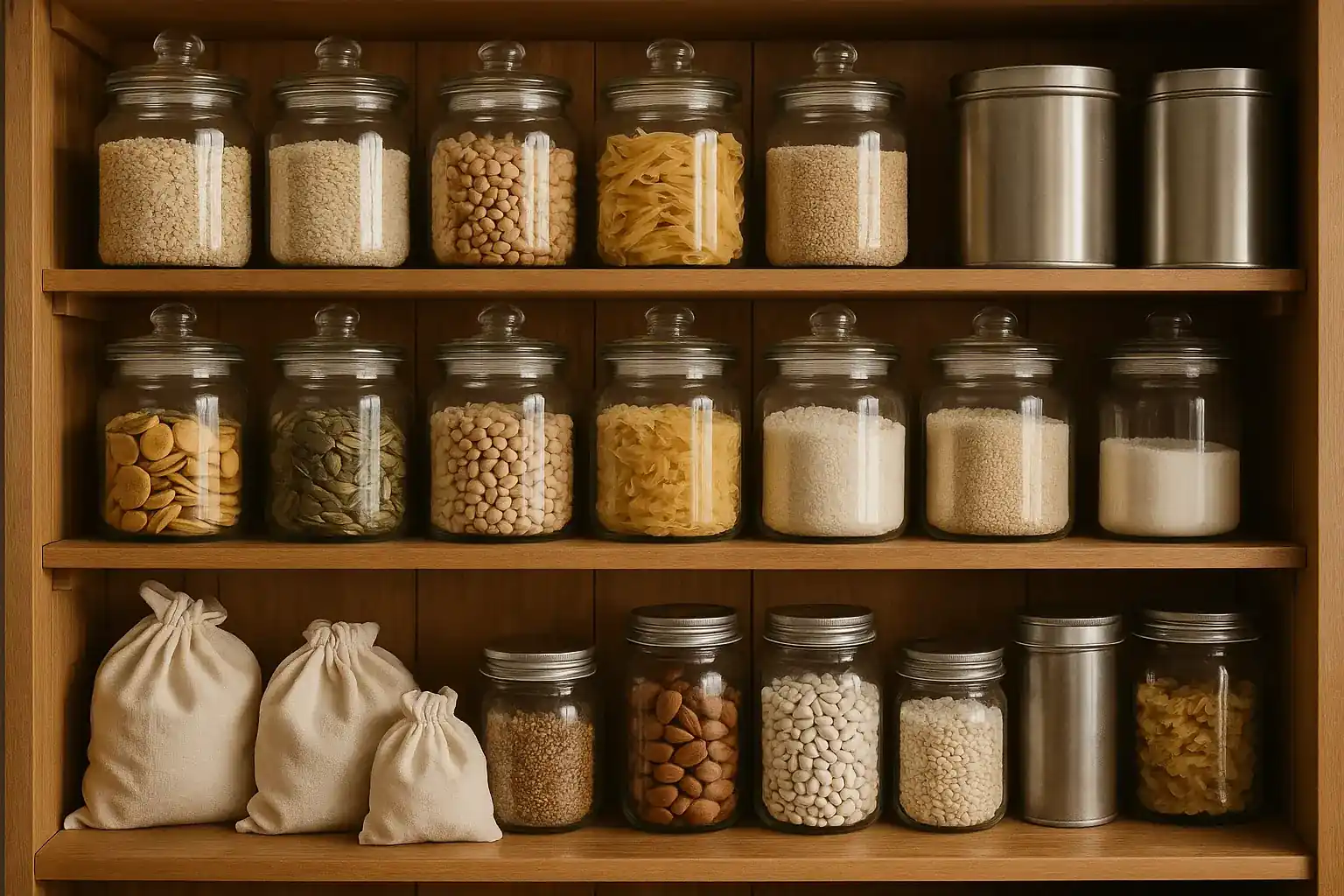
Say Goodbye to Single-Use: 10 Easy Swaps for a Plastic-Free Pantry
Insights on 10 easy swaps for a plastic-free pantry in a sustainable way.
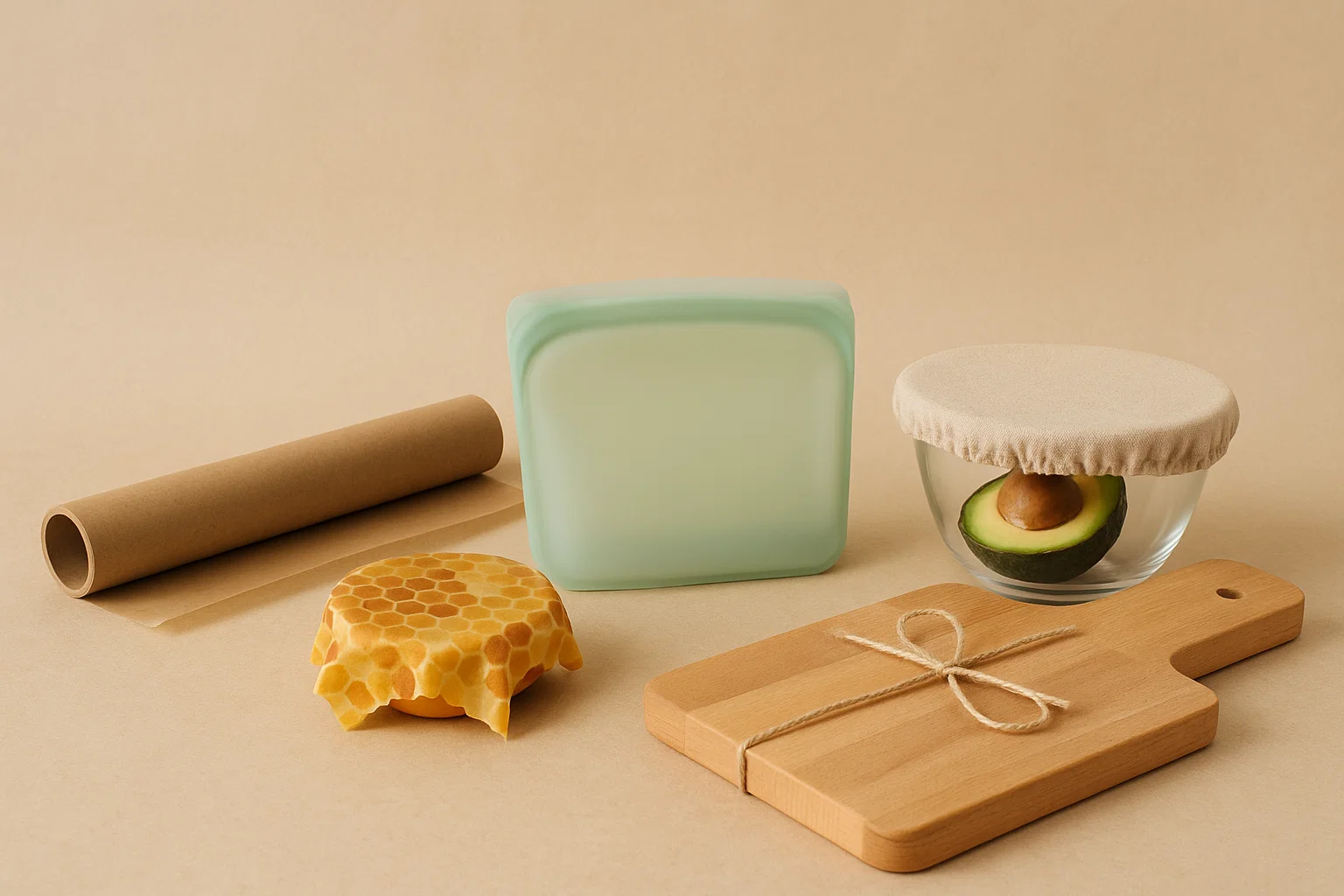
Beyond the Foil: Reusable Alternatives for Sustainable Baking and Food Storage
Opt for reusable silicone baking mats, covered bakeware, and beeswax wraps instead of aluminum foil.

Brew Better, Waste Less: Sustainable Alternatives to Single-Use Coffee Pods
Lower waste and enjoy better flavor with reusable pods, French presses, or Moka pots.
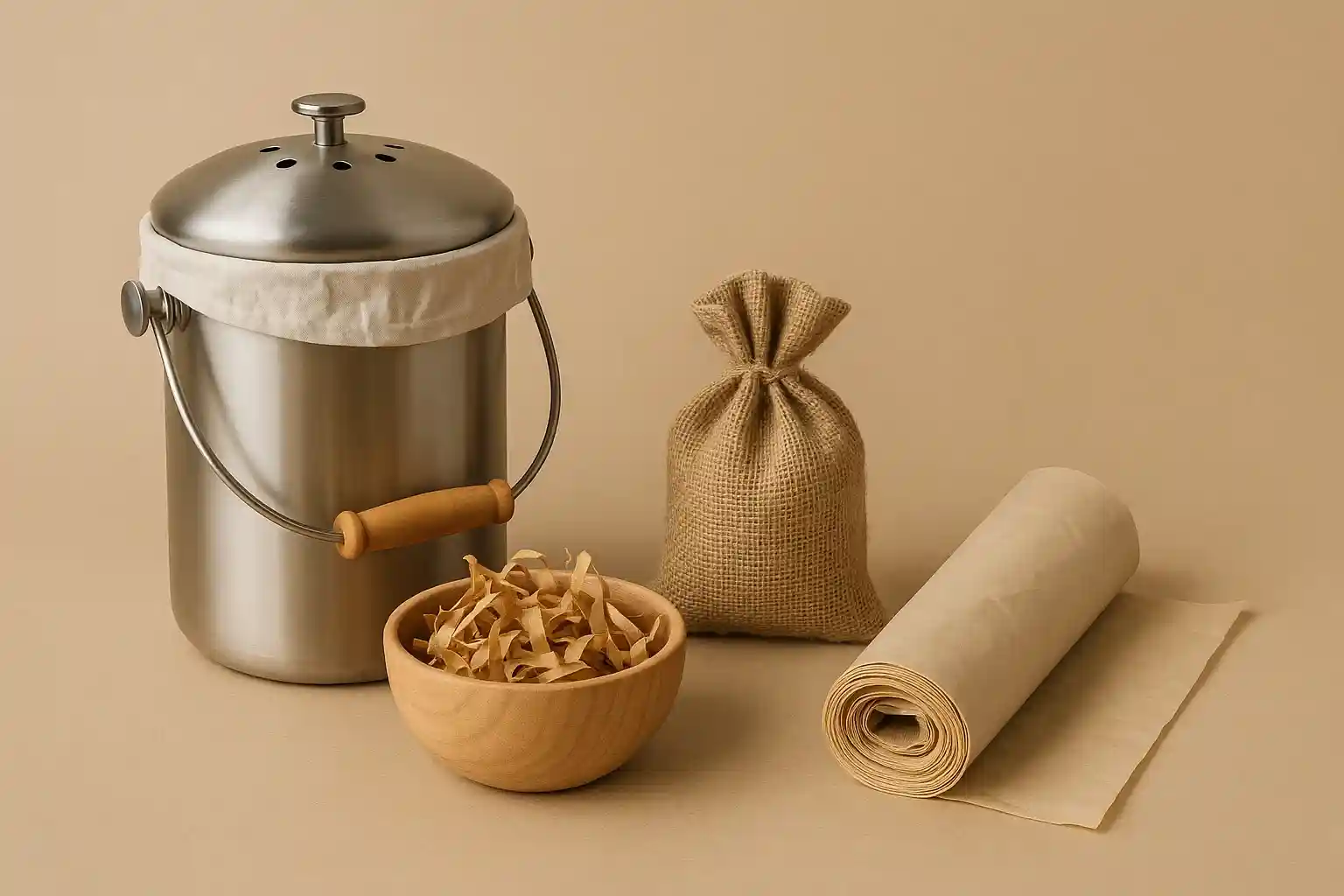
Compost Without the Carry-On: Sustainable Alternatives to Store-Bought Compost Bags
Reduce unnecessary plastic in composting with newspaper liners, bag-free bins, or DIY liners.

Compost Happens (Even in Apartments!): Your Beginner's Guide
Practical advice and actionable tips for composting 101.
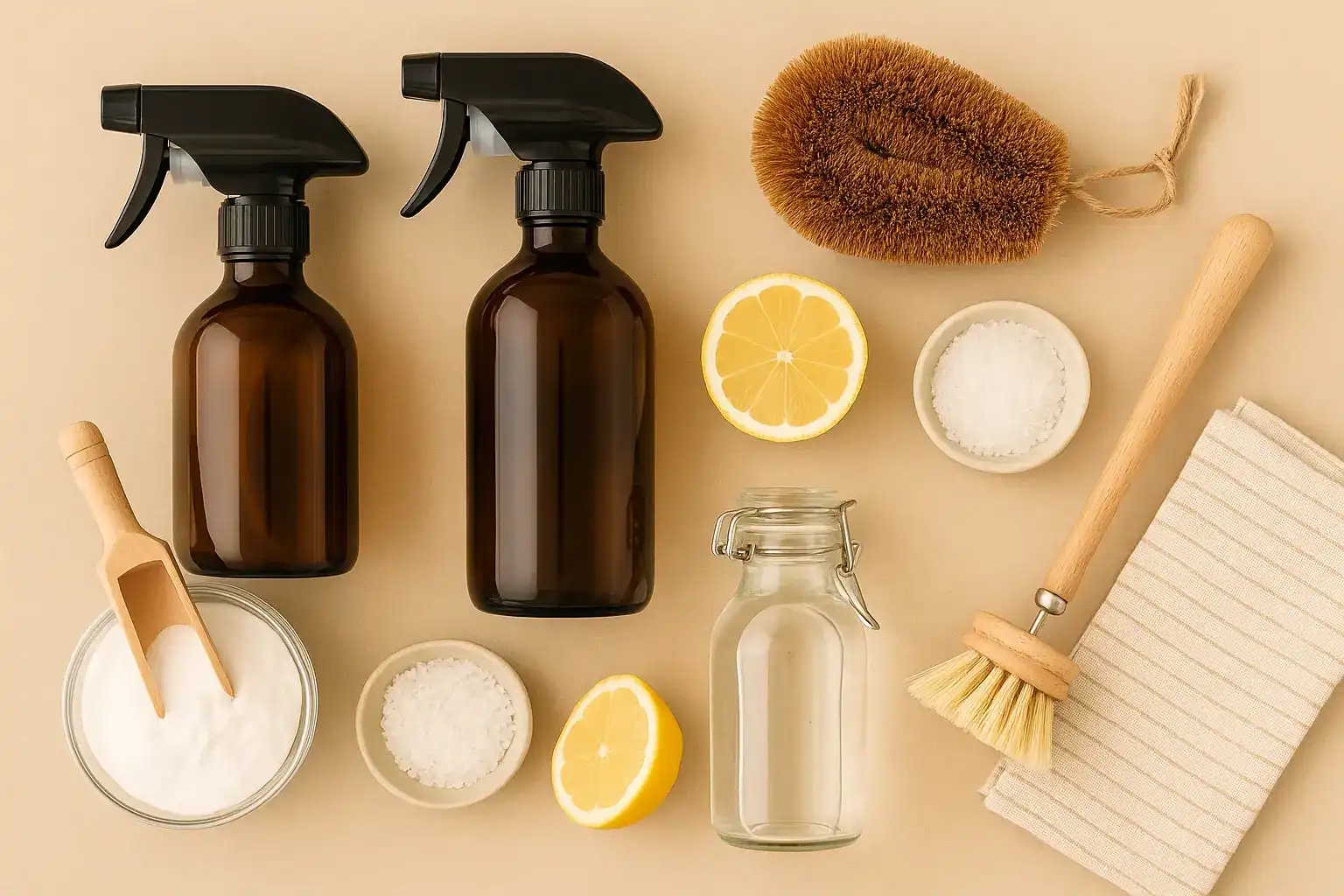
Sparkle & Shine Sustainably: DIY Kitchen Cleaners That Actually Work
Simple do-it-yourself ideas for an eco-conscious lifestyle.
Stay in the Loop
Get tips and insights tailored to your interests — no spam, just sustainability.